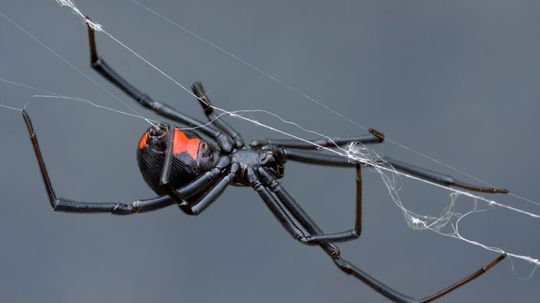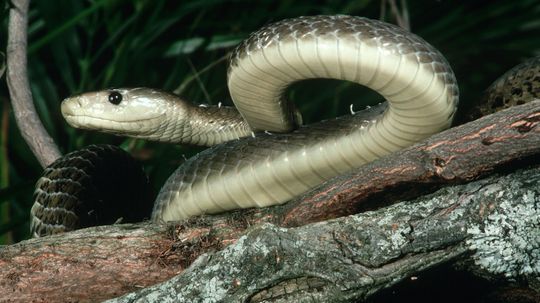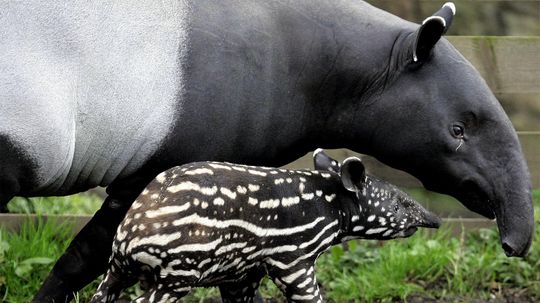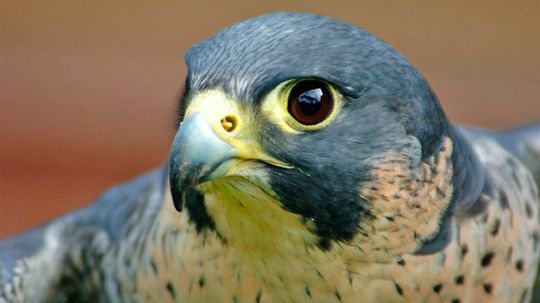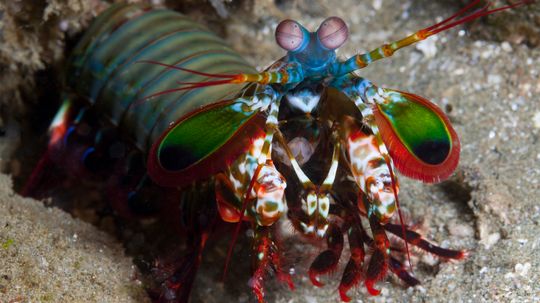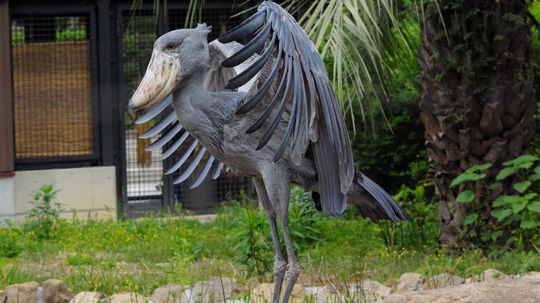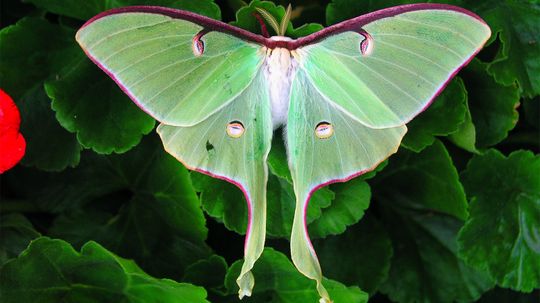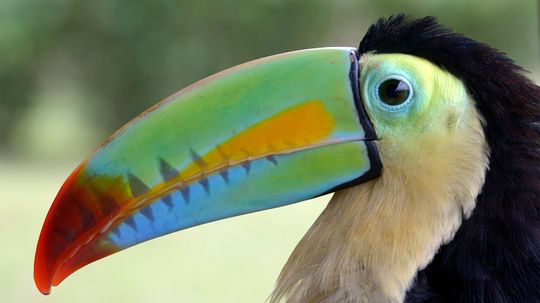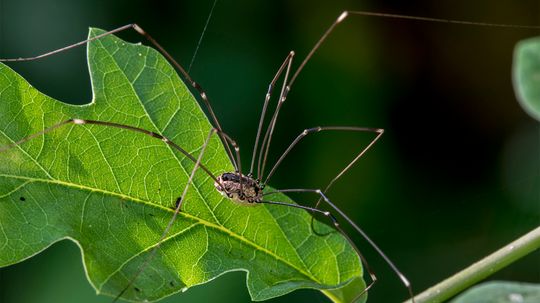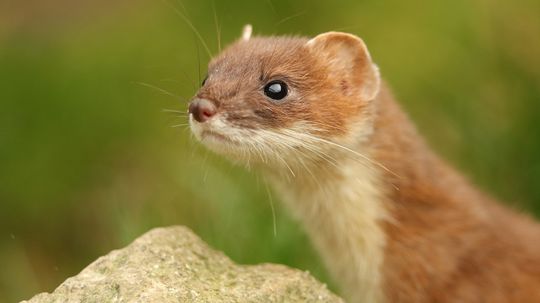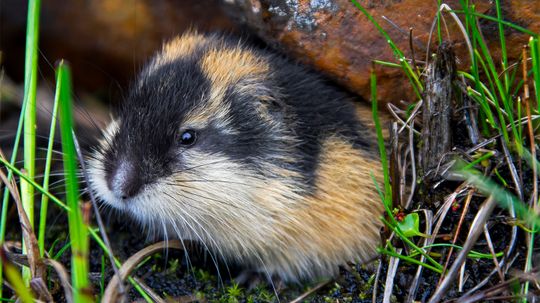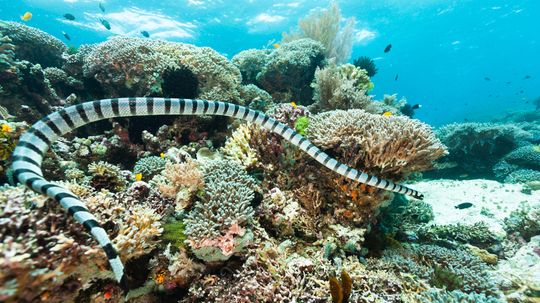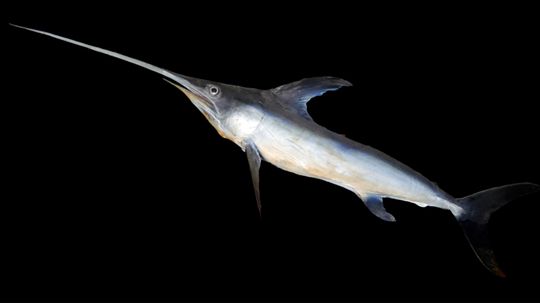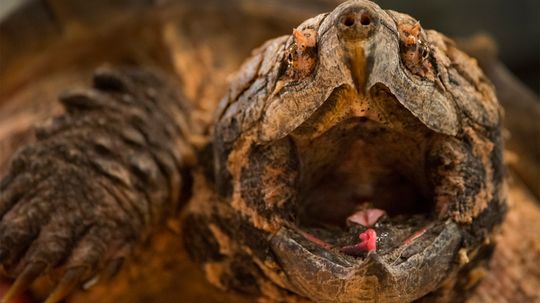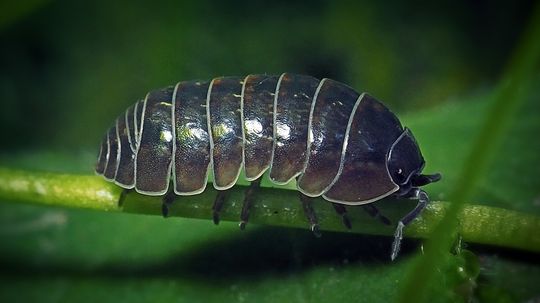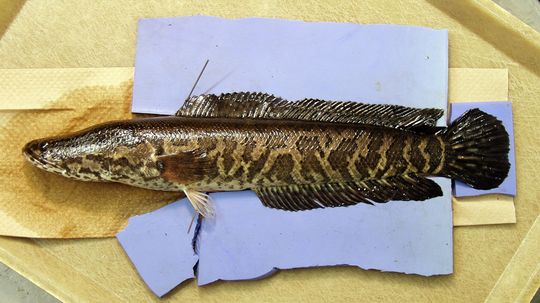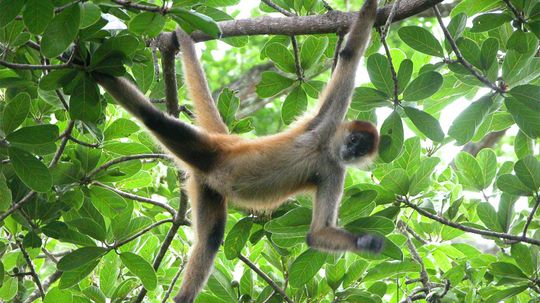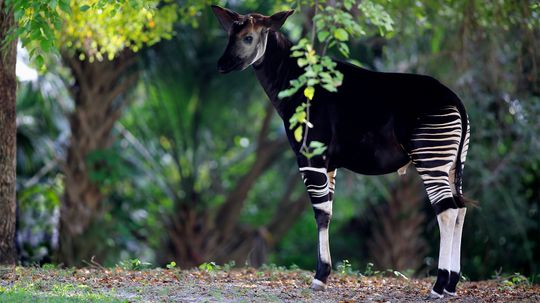Wild Animals
Whether they crawl, fly, swim, slither, walk, run or pounce, wild animals rely on their instincts. Read about all kinds of wild animals, mammals, birds, fish, insects, reptiles and amphibians.
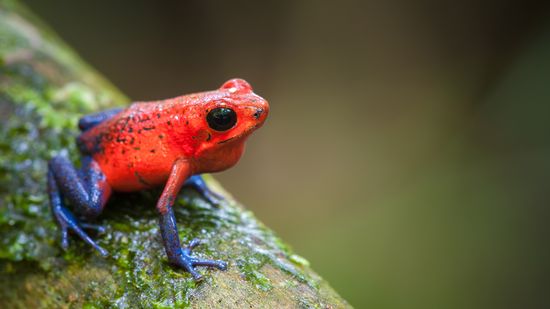
12 Colorful Frog Species: From Tie-dyed Designs to Rare Hues
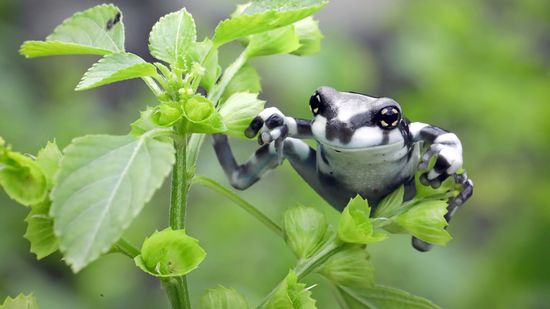
Amazon Milk Frog: Named for Its Defense, Not Its Color

The Red-eyed Tree Frog Has Extremely Sensitive Skin

10 Red Butterfly Species Found From India to Florida to Europe
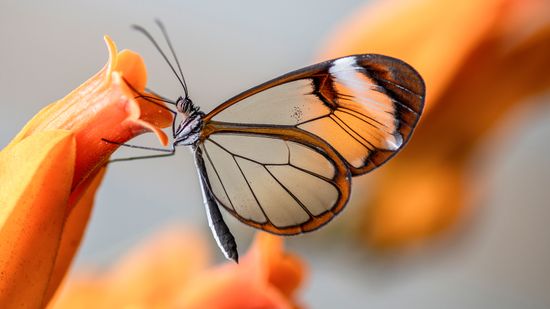
How the Glasswing Butterfly Flutters (Almost) Invisibly
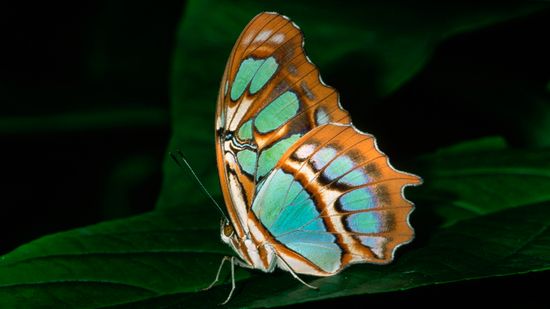
6 Green Butterfly Species Blending in With Their Environments
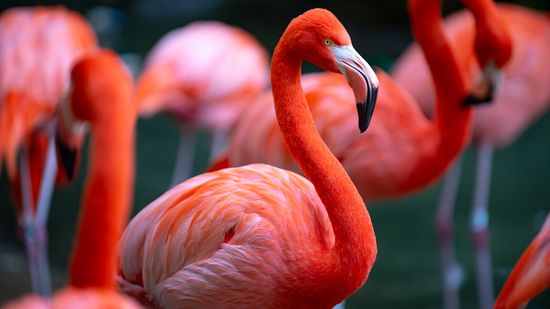
What Is a Group of Flamingos Called? Not a Flock, Another 'F' Word
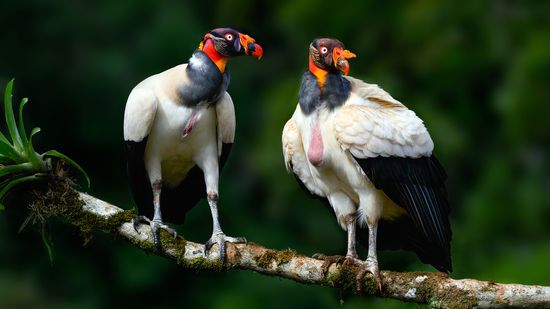
7 Ugliest Bird Species: Evolutionary Qualities That Aren't So Pretty

What's a Group of Ravens Called? Not a Murder (That's Crows)
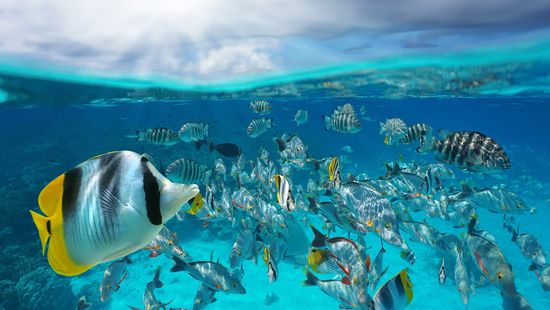
What Is a Group of Fish Called? Not Always a School
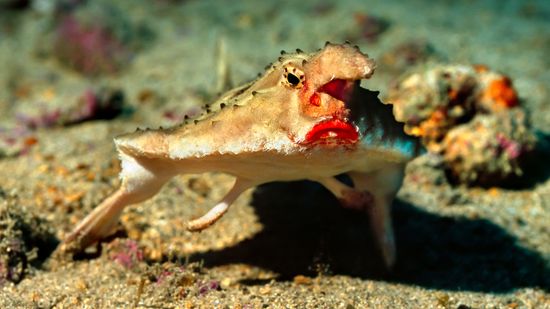
10 Weirdest Fish in the World: Batfish, Hairy Frogfish, and More

10 Scariest Fish Lurking in Rivers, Deep Ocean Waters, and Shells

What Is a Group of Ferrets Called? You're Such a Busybody
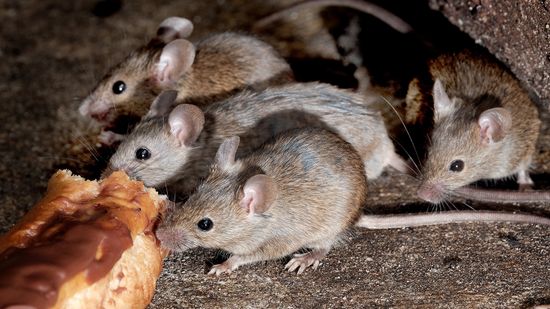
What Is a Group of Mice Called? Not Always a Colony
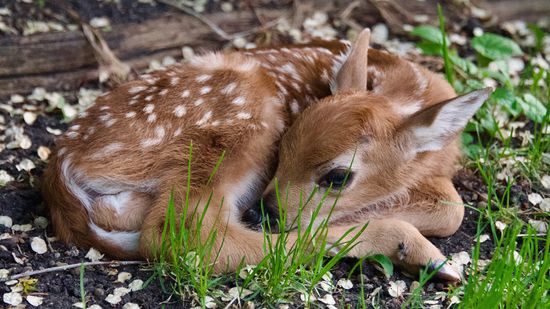
What Is a Baby Deer Called? (Aside From Adorable)
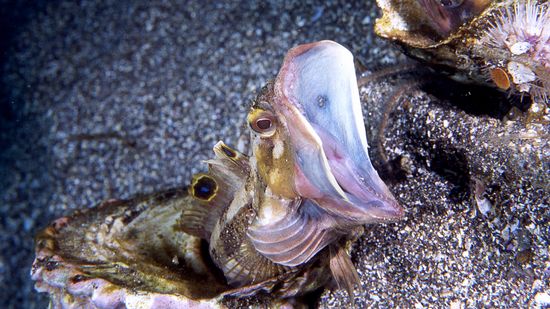
10 of the Scariest Sea Creatures Lurking in the Ocean's Depths
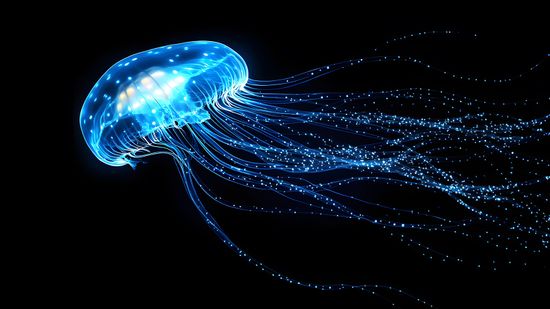
How Bioluminescent Jellyfish Get Their Signature Glow

White Spotted Jellyfish: Cute Until They Become Invasive
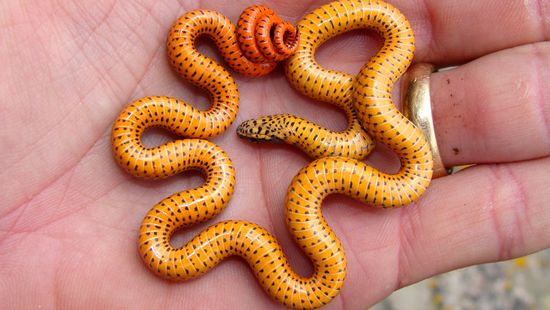
10 Cutest Snake Species That Have Us Squeeing

10 Colorful Lizards to Delight Reptile Lovers
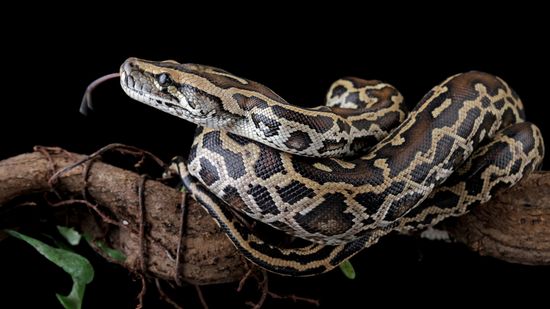
Python vs. Anaconda: Comparing Snakes and Software Languages
Learn More / Page 22
Black widow spider venom can be deadly but how likely are you to be bitten? It might surprise you that these arachnids are on the shy side.
While the black mamba possesses a lethal bite and formidable hunting skills, the snake's size and speed fall short of its legendary reputation.
The protection of these strange looking, ancient animals, and creatures like them, may be a key component in helping a planet in climate catastrophe.
Advertisement
While the cheetah is the fastest land animal in the world, the peregrine falcon, a large predatory raptor, is by far the fastest bird on planet Earth.
By Wendy Bowman
These brightly colored crustaceans can smash aquarium glass or quickly cut through a human finger, so whatever you do, keep your distance.
Pikas are little mammals that, though they may look like rodents, are more closely related to rabbits.
Biochemically like a heron and anatomically similar to a pelican, the shoebill stork has been called "Monsterface" and even "Death Pelican." But wait until you hear the staccato rat-a-tat-tat of its booming machine-gun call.
By Carrie Tatro & Zach Taras
Advertisement
This kitten-looking wild cat is known as the 'hummingbird of the cat family' and could almost fit in the palm of your hand, but its diminutive size belies a ferocious personality.
By Wendy Bowman
Aardwolves aren't closely related to either aardvarks or wolves, but these little hyenas resemble both in some ways.
While luna moths aren't exactly rare, they're hard to find so every encounter seems extra special.
Generations of cereal eaters grew up sharing the breakfast table with Toucan Sam, famous for following his long, colorful nose - but what's that bill for besides hawking cereal?
Advertisement
That's right - daddy longlegs isn't an actual kind of spider, but a colloquial name that's been applied to a wide range of spiders and non-spiders, insects and non-insects.
By Mark Mancini
The stoat and the weasel might look alike, but they're not the same animal. The stoat is a serious predator that kills its prey like a vampire!
By Zach Taras
Lemmings don't commit mass suicide as is popularly believed, but they are aggressive and have even been known to charge larger predators.
Technically they're called tanuki, but these furry critters might as well be called raccoon dogs because that's what they look like. So are they just as domesticated and loving as the canines we know?
Advertisement
These two sea creatures can be easy to confuse. But they're actually quite different. We talked to experts to find out how to tell them apart.
By Wendy Bowman
There are more than 50 species of snakes that live in the seas. Some are super venomous and they can zip through the water with ease.
By Mark Mancini & Talon Homer
The swordfish's nose might look crazy weird, but these gladiators of the sea are perfectly outfitted for ocean battle.
The prehistoric-looking alligator snapping turtle is the largest freshwater turtle in North America and has a bite that, it's said, can snap a wooden broom handle in half.
By Mark Mancini
Advertisement
Roly-poly bugs are natural soil conditioners because they process decomposing matter, helping keep your garden soil clean and healthy. And - fun fact - they're crustaceans, not insects.
By Jeremy Glass
The snakehead fish can breathe air, double its population in 15 months and has a huge appetite, which is not a good thing for native species.
Spider monkeys, an endangered species, are the largest monkeys in the Americas and live in the forest canopy, where they swing through the trees with the greatest of ease.
It's an age-old question. How much wood would a woodchuck chuck? Turns out, none at all. So what would a woodchuck chuck if it couldn't chuck wood?
By Katie Carman
Advertisement
The okapi may look like a zebra-horse combo, but its closest relative is the giraffe. Here are nine fascinating facts about this curious creature.
By Wendy Bowman
Bees get a lot of credit for pollinating important food crops, but they get a lot of secret help from their nocturnal friends, the moths.
